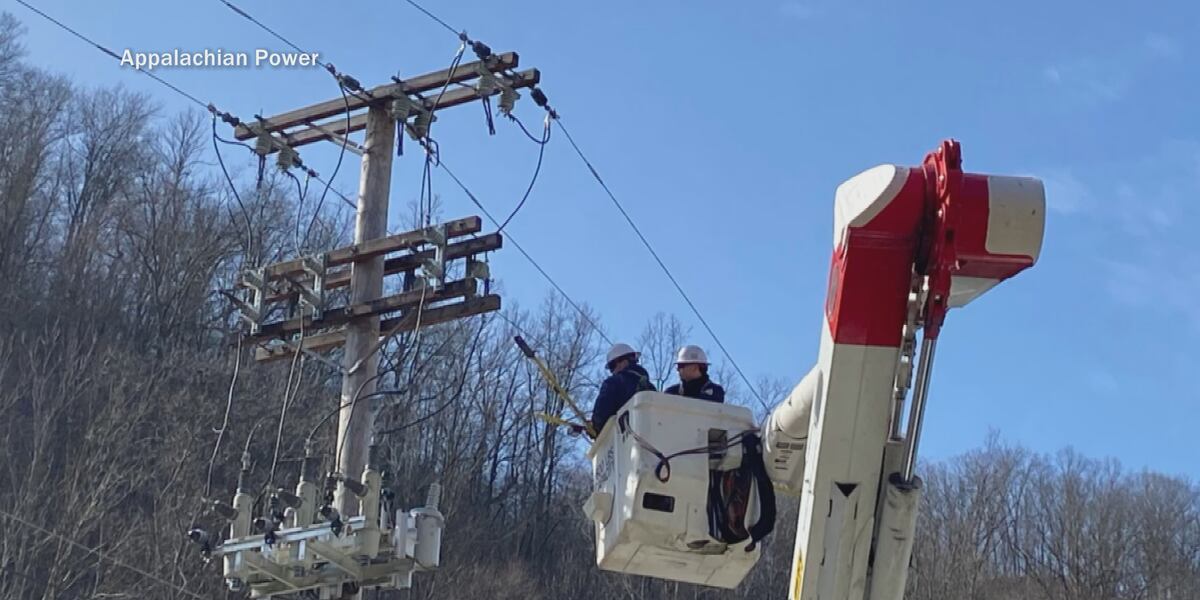Appalachian Power: Strategic Tech & Vegetation Management Key to Minimizing Storm-Related Outages

Appalachian Power (AEP) is reporting significant success in reducing customer outages during severe weather events, attributing the improvement to a strategic combination of advanced technology and proactive vegetation management. In an era of increasingly unpredictable and intense storms, AEP's efforts highlight a growing trend among utilities to prioritize resilience and customer reliability.
For years, severe weather – from powerful thunderstorms to heavy snow and ice – has been a major cause of power disruptions across AEP's service territory. Traditional approaches to outage prevention often proved reactive, addressing issues after they occurred. However, AEP has shifted to a more preventative and data-driven strategy, yielding impressive results.
Leveraging Cutting-Edge Technology
AEP's technological advancements play a crucial role. They've implemented advanced grid monitoring systems that provide real-time insights into the health and performance of the power grid. These systems utilize sensors, smart meters, and data analytics to identify potential vulnerabilities before they escalate into outages. Specifically, AEP is utilizing:
- Advanced Distribution Automation (ADA): ADA systems automatically isolate faulted sections of the grid, minimizing the number of customers affected by an outage.
- Predictive Analytics: Using historical weather data and grid performance information, AEP can predict areas most at risk during storms and proactively deploy resources.
- Drone Technology: Drones equipped with high-resolution cameras and thermal imaging capabilities are used to inspect power lines and equipment, identifying potential issues like damaged insulators or overgrown vegetation.
The Vital Role of Vegetation Management
While technology is essential, AEP recognizes that vegetation remains a significant threat to power reliability. Trees falling on power lines are a leading cause of outages. AEP's vegetation management program has been significantly enhanced, focusing on:
- Proactive Tree Trimming and Removal: AEP employs a robust tree trimming program, adhering to industry best practices and regulatory requirements. This includes trimming trees near power lines and, when necessary, removing hazardous trees that pose a risk.
- Targeted Vegetation Clearing: Utilizing data from grid monitoring and predictive analytics, AEP focuses vegetation clearing efforts on areas identified as high-risk.
- Integrated Vegetation Management: AEP utilizes a combination of manual trimming, mechanical clearing, and herbicide application (where appropriate and with environmental considerations) to effectively manage vegetation.
Looking Ahead: Continued Investment in Resilience
AEP’s success demonstrates the power of a proactive and integrated approach to outage prevention. The company plans to continue investing in both technology and vegetation management, recognizing that a resilient power grid is essential for supporting the communities it serves. Future initiatives may include:
- Smart Grid Investments: Expanding the deployment of smart grid technologies to further improve grid visibility and control.
- Undergrounding Power Lines: In particularly vulnerable areas, AEP is exploring the feasibility of undergrounding power lines to protect them from severe weather.
- Enhanced Storm Preparedness: Strengthening storm response plans and increasing the availability of resources to quickly restore power after outages.
By embracing innovation and prioritizing customer reliability, Appalachian Power is setting a standard for utilities across the nation.






